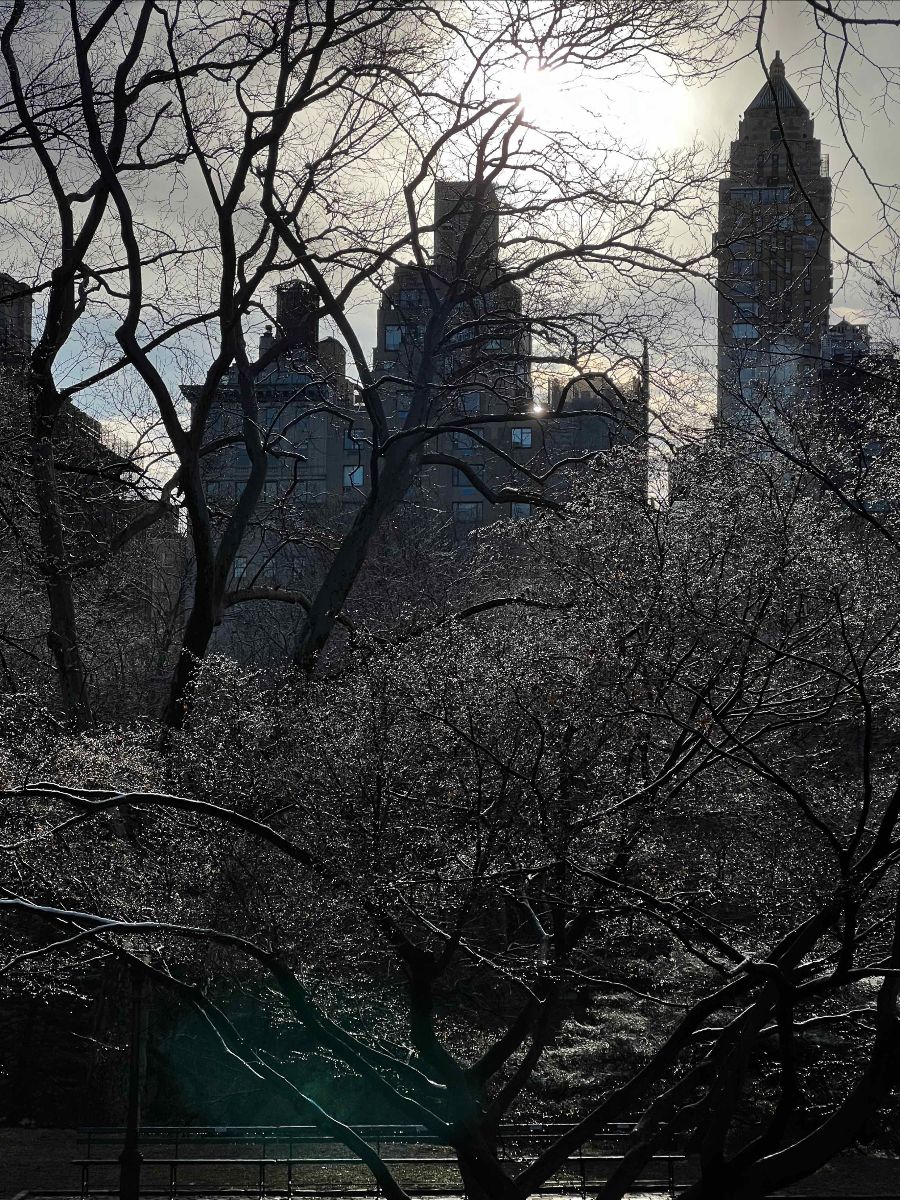Posts from April 2024
April 23, 2024
Damaged Heritage by J. Chester Johnson: Anti-Racism Text at St. Luke in the Fields
In April of this year, the St. Luke in the Fields anti-racism group began to read and discuss Damaged Heritage: The Elaine Race Massacre and A Story of Reconciliation by J. Chester Johnson (Pegasus/Simon & Schuster). It is expected that the author will join the St. Luke’s group in June for an in-depth examination of various parts of the book that have proven especially relevant and important to the Church’s anti-racism group. An Amazon best-seller, Damaged Heritage was also included in a Goodreads’ international, multi-year list of Best Nonfiction Books.
Located in the historic West Village neighborhood of Manhattan in New York City, St. Luke in the Fields, an Episcopal church, was founded in 1820 and constructed soon thereafter. Known for its exquisite gardens and music among other programs, St. Luke in the Fields has been an iconic institution in the West Village for many generations. It has also been acknowledged as an activist parish for various causes, being, for example, deeply involved over several decades with the LGBTQ+ community. In addition, the Church’s anti-racism group has been engaged in numerous anti-racism efforts, including participation at the diocesan level.
April 4, 2024
J. Chester Johnson’s “Night” Featured by Carnegie Hill Village


NIGHT
It's a night like none
Of the rest: too much too soon,
Too little too late.
The night overflows
Its peace, so I follow fear
Beyond my insight.
Be still and behold
The moments that I fear most
Pass by in disguise.
“Night” is an example of a triple haiku, a new, poetic form that I have used for several years. This form is derivative of the original haiku, which Japanese poets have employed for centuries. I believe I’m the only American poet now working with the triple haiku, but maybe not. American poets – initially, the Imagists, such as Ezra Pound, Amy Lowell, and John Gould Fletcher – began using a single haiku as a standalone poem in the early part of the 20th century. Toward the end of his life, Auden also wrote frequently in the haiku mode, but not as I have formulated it using three haiku in a poem with each haiku being the equivalent of a stanza, and each stanza being based on the normal haiku structure, having three lines with five syllables in the first and last lines and with seven syllables in the middle line.
J. Chester Johnson, CHV member
RECENT POSTS
DAMAGED HERITAGE and J. Chester Johnson on Times Square Jumbotron Dec. 21st
Damaged Heritage by J. Chester Johnson Selected for Library of Congress Shop
Damaged Heritage by J. Chester Johnson: Anti-Racism Text at St. Luke in the Fields
J. Chester Johnson's "Night" Featured by Carnegie Hill Village
J. Chester Johnson Named To Board of Advisors For Poetry Outreach Center
Conversation Among Descendants of the Elaine Race Massacre 104 Years Later: Zoom Recording Available
J. Chester Johnson Interviewed by Tavis Smiley
Cornelius Eady's Interview of J. Chester Johnson for Poets House/WBAI "Open House" Program
NPR Article on Elaine and Tulsa Race Massacres
Favorable Review of "Damaged Heritage" in Current Issue of American Book Review
Damaged Heritage Placed On Selective Goodreads’ List of Best Nonfiction Books
Damaged Heritage Motivates Nationwide Talks on Social Justice and Racial Equity
J. Chester Johnson Writes in the ARKANSAS TIMES About Another Arkansas Race Massacre
ARCHIVES
December 2024
October 2024
April 2024
March 2024
October 2023
August 2023
April 2023
January 2023
December 2022
September 2022
April 2022
October 2021
September 2021
August 2021
March 2021
December 2020
October 2020
July 2020
June 2020
May 2020
January 2020
December 2019
October 2019
September 2019

